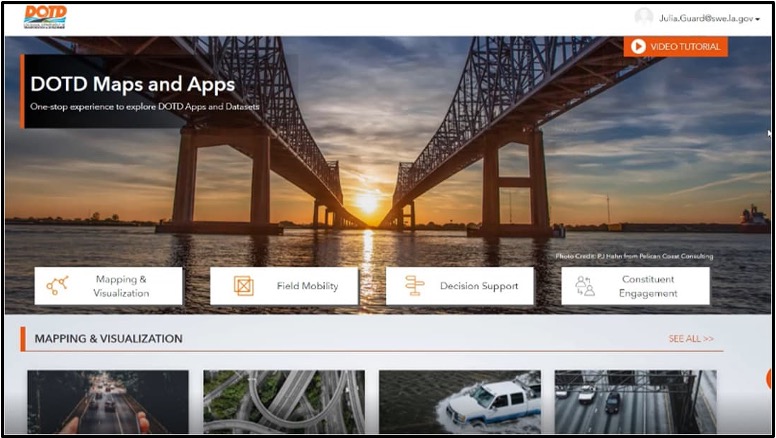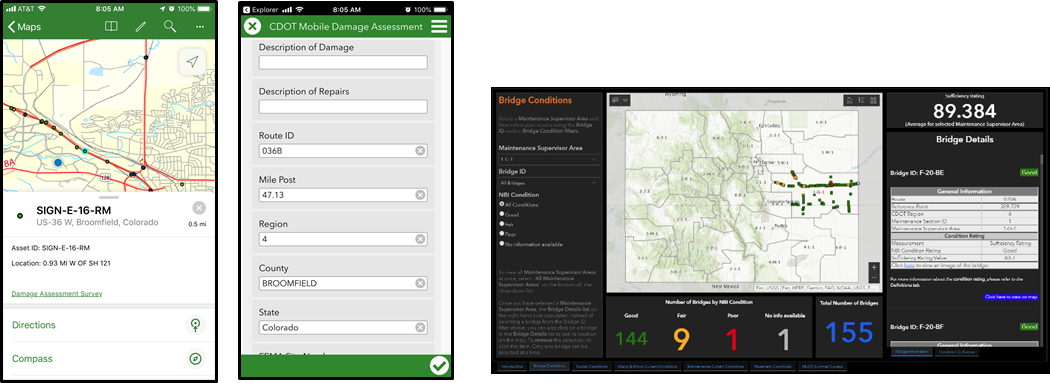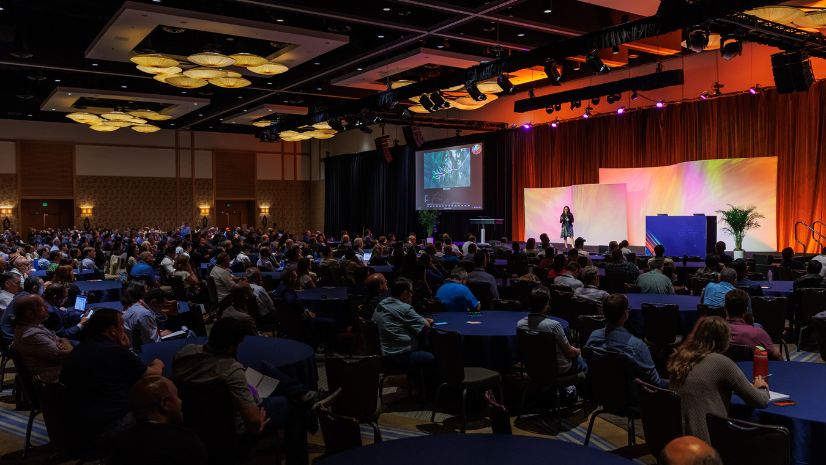I think we can now begin to speak of a new pattern of technology implementation, what we at Esri call a System of Engagement (SoE). This System of Engagement has been and is now being implemented at seven different State Departments of Transportation, and the results have been nothing short of transformational for these agencies. Ironically it is based on a rather simple proposition: that the real value of technology comes when everyone in an organization feels empowered by having access to authoritative information and applications, allowing them to work more efficiently and make better decisions.
The System of Engagement was built on three fundamental insights. First that most Departments of Transportation had already made significant investments in various information systems, whether ERP systems, or asset and maintenance management systems, but that very few in these organizations had access to that data. This is what a colleague calls “the last mile” in data delivery: providing information to workers when they need it, where they need it, and in context to their job, so they can be more productive. So the starting point of a System of Engagement is to create a single location for users (with appropriate permissions) to access authoritative data, using any device at any time. This is a different concept from the traditional data warehouses and the like and rather focuses on making accessible existing data sources through services organized into easy to use data portals. The portal for the Louisiana Department of Transportation and Development (DoTD) is illustrated below:

It is the single location where everyone in the organization can access the data and applications they need for their daily workflows. As the Director of Enterprise Support Services at Louisiana DoTD stated: “They can go to one place and get to the information they need, rather than three or four as before — if indeed they even had access to all of those other systems.”
The second insight had to do with countering the prevailing IT implementation patterns. A typical IT development project would often start with the IT Department (or their consultant) spending considerable time capturing and documenting detailed application requirements on the front end, and then would go off for six months or longer and return with a developed application. Trouble was that the business needs could have changed in that period, or if there were any miscommunication at the beginning, that could become a real issue downstream. All too frequently the scope of these applications became unwieldy, with predictable results.
The System of Engagement starts with understanding the workflows of each business unit in the organization, and then identifies the data and the applications which will support these daily workflows. Drawing on configuration of existing software systems rather than custom development as much as possible, the System of Engagement is designed to provide the integrated applications to give staff the tools to be more productive, and to make better decisions, whether in the office or in the field.
The actual applications are developed using agile development methods and are designed to be accomplished incrementally, mitigating risks with an incremental and prioritized implementation process.

Each of these applications are designed with the user in mind, and often are designed to connect field workers with office systems, for more accurate data collection through simple to use applications and dashboards.
The final insight is that a System of Engagement is designed to create a sustainable technology environment that provides for continuous innovation. The goal is to create the infrastructure and the methodology which allows the agency to continue to support the daily workflows, and in the process, help redefine the way in which people are connected to information, with the goal of increasing business efficiency and performance. The strong reliance on COTs software and configuration rather than customization empowers the organization to continue the cycle of innovation. As Brad Doucet, the Director of Enterprise Support Services at Louisiana DoTD stated:
“How all this is constructed and configured through COTS products encourages internal collaboration as compared to simply getting a contractor in to build a system that then has to be maintained somehow. A good thing about the System of Engagement is its sustainability over time. It’s a different approach to IT — replacing those big, custom one-offs with something much easier to implement and work with.”
To learn more about Esri’s System of Engagement, I invite you to attend our Webinar on February 9th at 10 AM Pacific Time. Register today to attend: https://go.esri.com/Value-of-a-SOE
